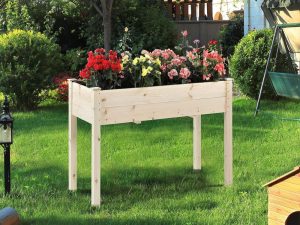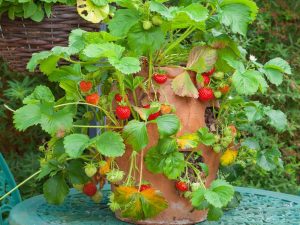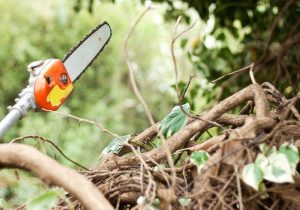Last Updated on September 23, 2024 by teamobn
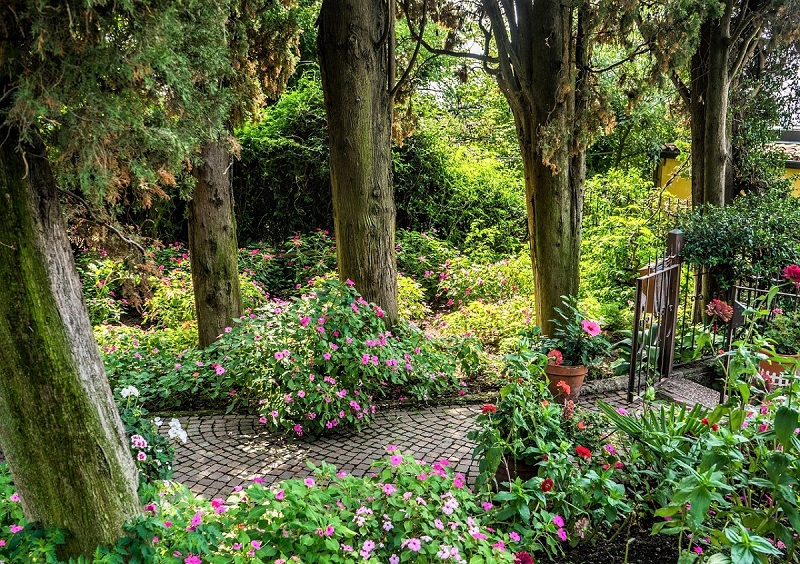
To walk through one is to step back into time: ducking under vines and hanging flowers, you enter a place of filtered sunlight, earthy scents, and deep shadows. The floor is a lush, emerald green, teeming with curling tendrils and life. Fat and happy squirrels feast on acorns. A robin flits just ahead and mourning doves coo somewhere in the leaves above.
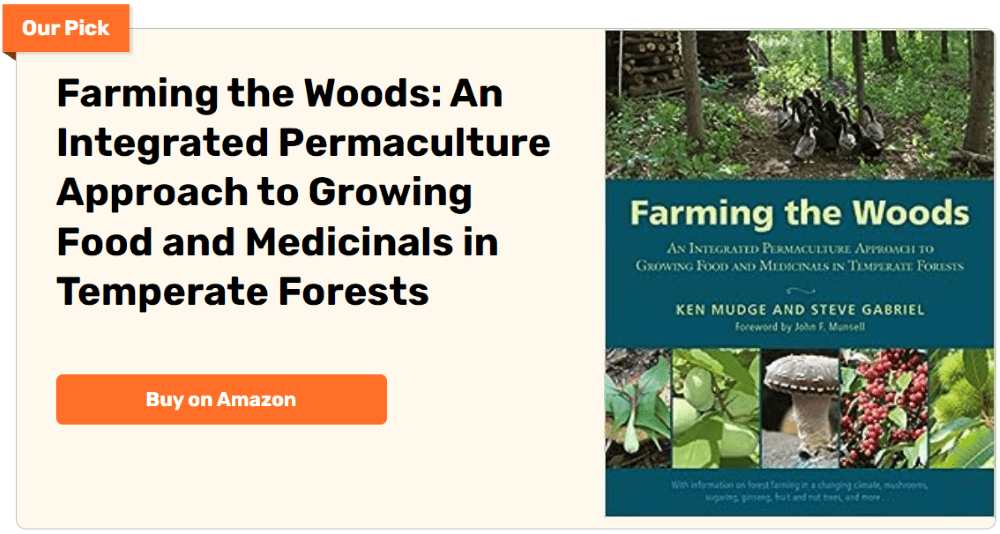
While the name might imply that they require considerable space, forest gardening is simply another way to integrate edible and useful trees and bushes into home gardens. You can grow a forest garden anywhere and in any space. In fact, gardeners have been growing them in their backyards and communal spaces in inner-city estates since the 1970s.
Designing a forest garden is a simple enough task. In the woodland, trees, shrubs, climbing plants, and ground cover occupy the same area of space. There are no boundaries and formal beds. Each layer evolves to survive within its particular level in the system.
Designing a Forest Garden
Contents
The idea behind forest gardening is to replicate these natural layers on a miniature scale with fruits, herbs, vegetables, and other plants. Experts will go into elaborate detail as to how you should go about designing your forest garden. But the whole concept can be distilled into a system of planting particular layers of greenery over a given area.
If you are starting from scratch on bare land, then your first task is to establish some form of shelter from wind and frosts. Creating a hedgerow of hardy trees and shrubs around your site will allow protection for specimens that bear fruits or nuts. Experts recommend a hedge with a height that is at least an eighth the size of the planting area. Ideally, you should plant the hedge at least a year before the garden to allow it time to establish itself.
Once the hedge is established, you can turn your attention to growing the six layers of a forest garden.
1. Tall Tree Layer
This layer consists of full-sized fruit, nut, or other useful trees. Consider the mature size of the trees you plant for this layer. You should allow spaces between them to permit sufficient light for the lower layers. Thick, spreading species do not work well in a forest garden because they cast shadows over too large an area. Fruit and nut trees are better choices. These include apple and pear trees, European plums, and full-sized cherry trees.
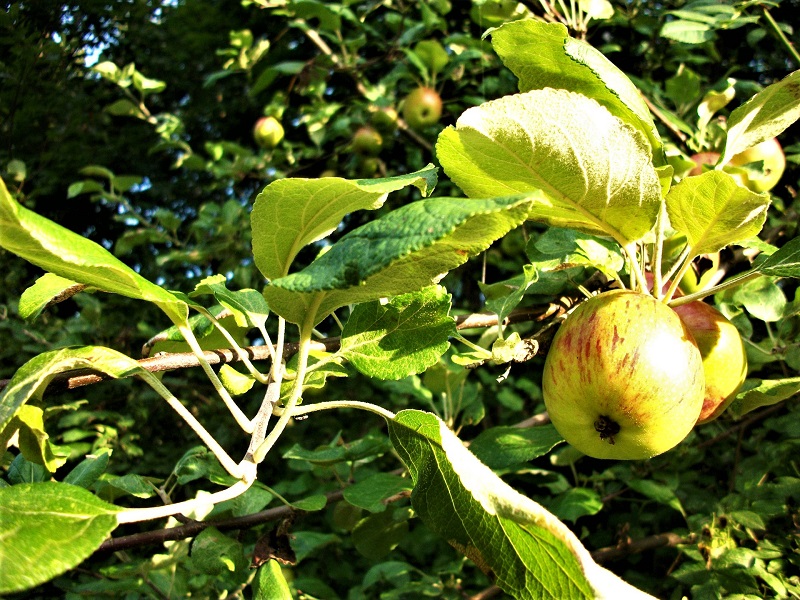
2. Low-Tree Layer
The second layer is comprised of trees from dwarf and semi-dwarf rootstocks. You can also grow shade-tolerant fruit trees or small trees such as apricot, peach, nectarine, almond, and mulberry for this layer. Other low-growing flowering trees include the dogwood, mountain ash, and the golden-chain tree. You can prune these smaller trees to produce mulch and allow sunlight to reach the other species of plants beneath them.
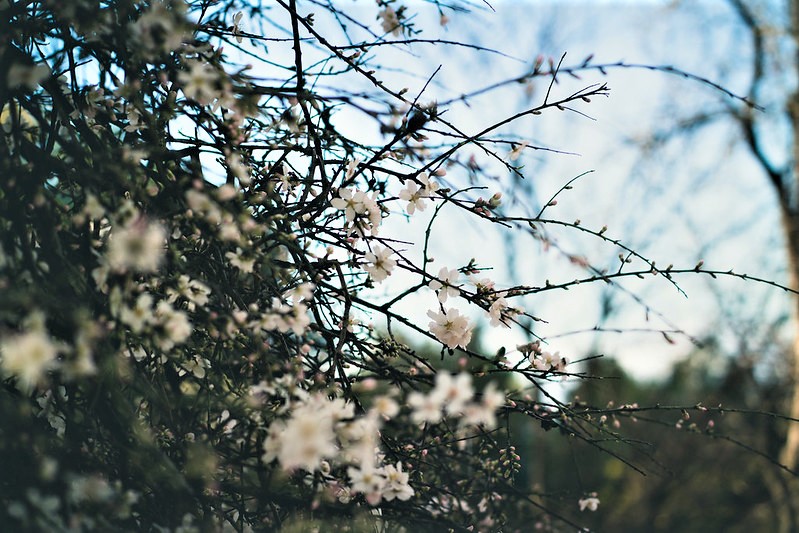
3. Shrubs and Non-Woody Vegetation
The third layer of a forest garden consists of shrubs and non-woody vegetation. This tier includes flowering and fruiting undergrowth that attracts wildlife. These may include blueberry, butterfly bush, rose, hazelnut, bamboo, and the nitrogen-fixing silverberry. The broad range of shrubs you can plant in this layer allows your inclinations to surface.
Here you can grow plants for food and crafts, or you may choose native plants and ornamentals that invite birds and insects. Because shrubs come in all sizes, you can use them to plug edges, openings, and other bare niches in your forest garden.

4. Ground Cover Layer
The ground-cover layer is exactly what its name implies – a bed of low, ground-hugging plants, preferably of the varieties that offer food or habitat for wildlife. The plant species in this layer include strawberries, clover, nasturtium, creeping thyme, and the many low-lying flowering plants like phlox, lily of the valley, and verbena. These plants will play an important function in weed prevention, occupying corners that would just as soon surrender to invaders.

5. Vining Plants Layer
This layer is for climbing plants that will clamber up trunks and branches, filling unused regions with food or lavish, leafy wildlife habitats. Here, again, you can grow food plants. For this layer, you can grow kiwifruit, grapes, passionflower, hops, and vining berries, among others. For wildlife, you can plant honeysuckle and trumpet-flowers, including climbing annuals such as squash, cucumbers, and melons. Remember, however, that some perennial vines can be invasive. Use them sparingly.
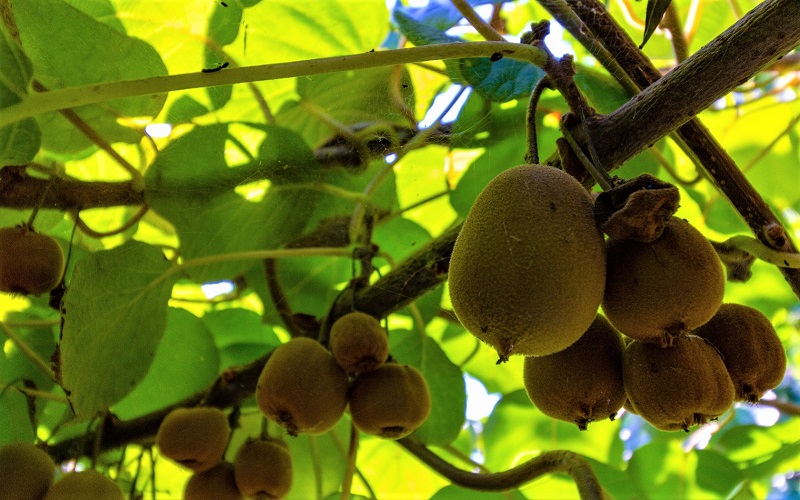
6. Root Crops Layer
The last layer of a forest garden consists of shallow-rooted plants such as garlic and onions. You can also grow root crops that are easy to dig like potatoes and Jerusalem artichokes. In general, experienced forest gardeners warn against deep-rooted vegetables like carrots. Digging a harvest of carrots from the floor of a forest garden is likely to disturb the roots of other plants in the layer.
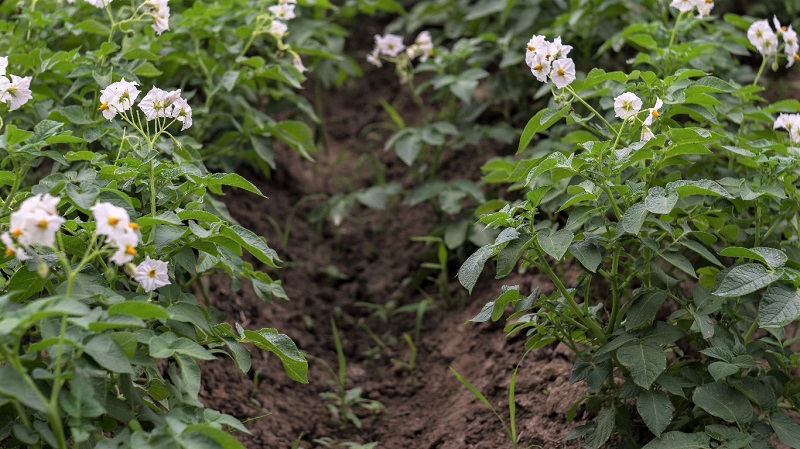
Forest Garden Care and Maintenance
Your design should include paths that are wide enough to accommodate you, your wheelbarrows, tools, and other equipment you may need in the garden. Many are under the mistaken impression that forest gardens are ‘no work’ systems. This is simply untrue. It takes hard work and dedication to start a forest garden. The project requires a good deal of physical energy, mostly to clear ground, plant, and weed.
But the system begins to take shape very quickly over the first few years. Gradually, your forest garden will require less work and input even as it continues to provide high yields of both edible produce and useful by-products. At this point, the work is certainly less – and maybe even more enjoyable – than much of what conventional food production entails.
Companion Planting in a Forest Garden
Companion planting is a cornerstone of forest gardening, helping to create a symbiotic environment where plants thrive together. By selecting the right combinations of plants, you can enhance growth, protect against pests, and improve soil health. Forest gardens are particularly well-suited to companion planting due to their layered structure, miming natural ecosystems.
This section will explore the key principles of companion planting in a forest garden and provide examples of beneficial plant pairings.
Understanding Companion Planting in a Forest Garden
Companion planting in a forest garden is about building relationships between plants to foster mutual benefits. This system strategically places plants to support one another’s growth, protect against pests, and improve soil conditions. The multiple layers of a forest garden, from tall trees to ground cover, allow for dynamic plant partnerships. Tall trees may shade sun-sensitive plants, while deep-rooted plants can bring nutrients to the surface for shallow-rooted neighbors.
Companion planting goes beyond just avoiding competition. It encourages diversity and natural interactions between plants, helping your forest garden become self-sustaining over time.
Companion Planting Benefits
- Pest Control
Some plants act as natural pest repellents, protecting their companions. For example, marigolds and garlic deter many common garden pests, including aphids and nematodes. By integrating these into your forest garden, you can reduce the need for chemical pesticides. - Enhanced Growth
Certain plants stimulate each other’s growth when grown together. For instance, beans and peas are nitrogen-fixing plants that enrich the soil, providing essential nutrients to surrounding plants like tomatoes or cucumbers. - Improved Soil Health
Some plant combinations work to improve the structure and fertility of the soil. Deep-rooted plants, such as comfrey or chicory, draw up minerals from the soil’s lower levels. These nutrients benefit neighboring shallow-rooted plants like strawberries or lettuce. - Increased Yield
Plants can help each other grow better and yield more produce when properly matched. For instance, combining sun-loving crops like tomatoes with shade-tolerant herbs like basil maximizes garden output by efficiently utilizing space and sunlight.
Best Companion Plant Pairings for Forest Gardens
- Fruit Trees and Nitrogen-Fixing Plants
Fruit trees like apple or pear benefit greatly from the presence of nitrogen-fixing plants, such as clover, peas, or lupine. These plants enrich the soil with nitrogen, an essential nutrient for healthy tree growth. They also act as living mulch, preventing weeds and retaining moisture. - Strawberries and Thyme
Groundcover plants like strawberries pair well with thyme, which helps deter pests. Thyme’s strong scent confuses pests, making it harder for them to locate strawberries. This combination also maximizes ground coverage, reducing soil erosion and weed growth. - Tomatoes and Basil
Tomatoes and basil are famous companions in the garden. Basil helps to improve tomato flavor and deters pests like aphids and whiteflies. This duo is ideal for the shrub layer or sunlit areas in your forest garden. - Garlic and Roses
Garlic serves as a natural deterrent to many pests that affect roses, including aphids and spider mites. Planting garlic around roses helps keep these plants healthy and thriving in the shrub or ground cover layer.
Companion planting in a forest garden creates a harmonious environment where plants support each other and thrive naturally. By thoughtfully combining plants with complementary needs, you reduce the need for external inputs like fertilizers and pesticides. Over time, these partnerships help transform your forest garden into a resilient, self-sustaining system.
Conclusion
Constructing a forest garden lets you design a rich and sustainable environment, so providing a very satisfying activity. Ensure the garden thrives and benefits the ecosystem, and you depend on careful design and selection of appropriate plants. As it ages, the garden will provide continuous benefits, including fresh food, beauty, and assistance for nearby species.



